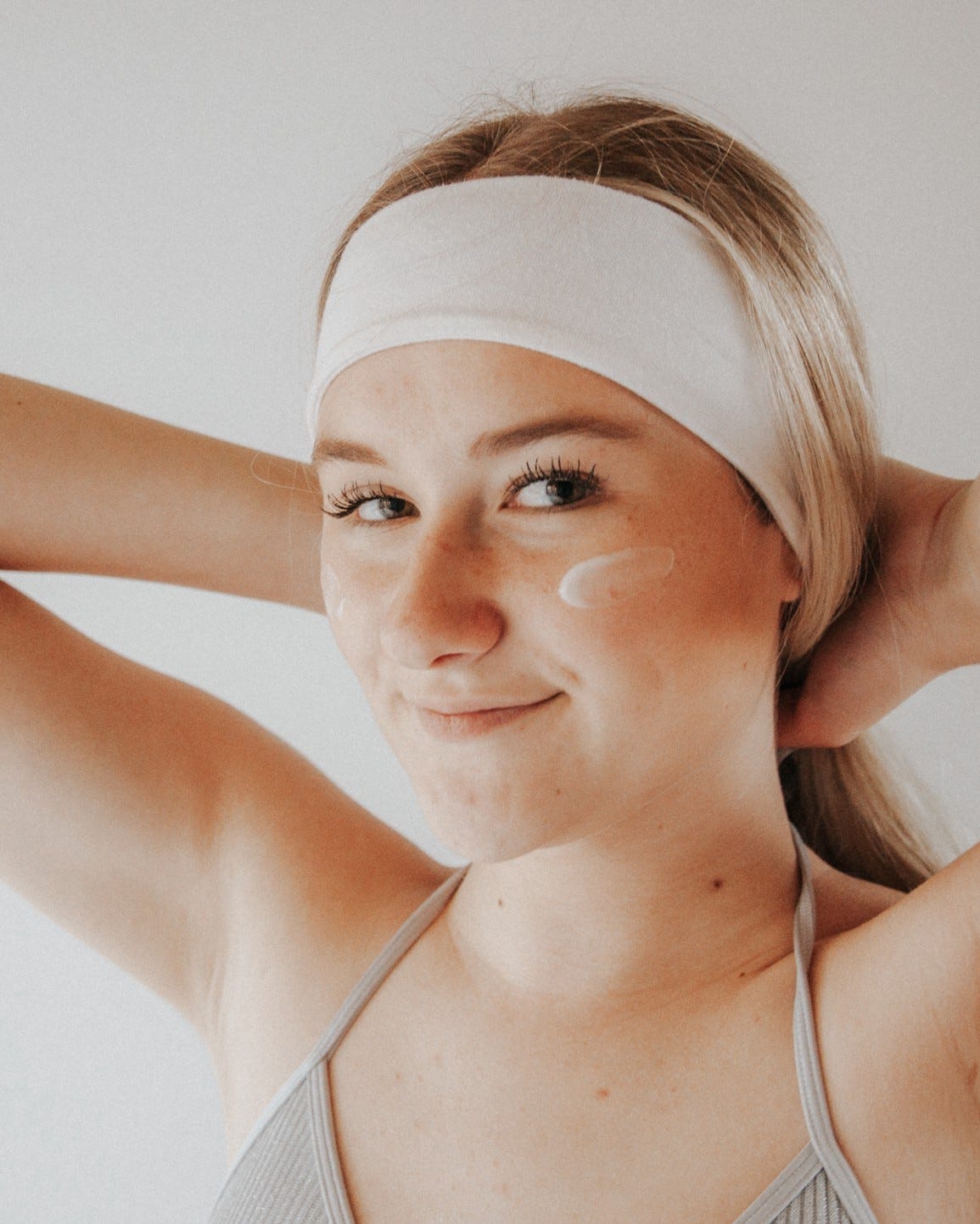The Importance Of Eliminating Parabens From Skincare.
Because those parabens can potentially be pretty nasty!
We know of parabens as the stuff that we should be avoid when we are purchasing skincare products. Kathryn St. John, the communications director at the American Chemistry Council, defines parabens as:
“Parabens are derived from a chemical known as para-hydroxybenzoic acid (PHBA) that occurs naturally in many fruits and vegetables, like blueberries and carrots.”
That’s where the odd-sounding name “paraben” comes from. It is derived from para-hydroxybenzoic acid (PHBA). A general chemical structure for PHBA involves a benzene (aromatic) ring (hence the benzoic acid) in its molecular composition. This report indicates that:
Parabens have been safely used for almost 100 years as preservatives in the food, drug and personal care and cosmetic industries.
Parabens (including methylparaben, ethylparaben, propylparaben, butylparaben, isopropylparaben, and isobutylparaben) may be used in products such as makeup, moisturizers, and hair care and shaving products. Contrary to some reports, most major brands of deodorants and antiperspirants no longer contain parabens.
Preservatives like parabens may be used in cosmetics to protect against microbial (e.g., bacteria, fungus) growth, both to protect consumers and to maintain product integrity.
In the food industry, parabens have been used for more than 50 years as preservatives and anti-microbial agents. Some fruits, such as blueberries, contain parabens as a naturally occurring preservative. Parabens are widely used in confectioneries, cereal-based snacks, dried meats, and much more.
What happens when the sun’s rays shine onto our skin? If we aren’t out in the sun for too long, we’d get a nice tan. However, overexposure can get us sunburnt, and that’s not a very nice feeling indeed.
Unfortunately, though, the ultraviolet rays (UV) from the sun are able to cause photosensitisation of the parabens:
The aromatic rings in the aromatic benzoic acid rings on the parabens that we have slathered onto our skin as a form of protection from UV rays are themselves sensitive to UV irradiation, and are able to release electrons upon photosensitisation.
Now, here’s another interesting fact. Our cell mitochondria may also generate electrons that leak out from the electron transport chain to form reactive oxygen species (ROS) during the cellular energy generation process:
If mitochondrial electrons can do that, would photosensitised electrons not be able to form ROS too?
With all these ROS, the biochemistry behind the oxidation and reduction reactions in our body gets significantly affected, and we might be looking at the development of oxidative stress as well as other forms of oxidative damage to other biomolecules in the body.
These biomolecules, of course, also include the DNA strands in the cell. When we oxidise a DNA molecule in a cell, we would initiate a change in the structure of the DNA molecule in the cell.
And when DNA molecules are oxidised, the identity of a cell gets modified. It becomes mutated.
So we’re looking at forced mutations of cellular DNA, which isn’t good.
Especially if one’s immune system is unable to eliminate the defective, mutated cells efficiently:
Of course, we could just use a linear style of thinking to conclude that we shouldn’t use paraben-laced skincare products!
But if we approach it as an entire system, we’d really have to ask - how can we actually be protecting ourselves from the oxidative effects of these parabens?
We’d have to focus on what we’re putting into our bodies.
It’s easy to age prematurely:
However, the most appropriate chemical method of dealing with pro-oxidants is to have sufficient quantities of antioxidant neutralisers.
Parabens or not, maintaining antioxidant consumption is key in supporting one’s biochemical health!
Do feel free to check out Dr J’s various recommendations for paraben-free skincare and for all-around antioxidant support:
Disclaimer: These links are affiliate links and I may receive commissions for any purchases made via these links.
Also, do feel free to share this article and hit the “subscribe” button to get more updates about the science concepts in nutrition and health, all deconstructed nicely for your convenient perusal!





